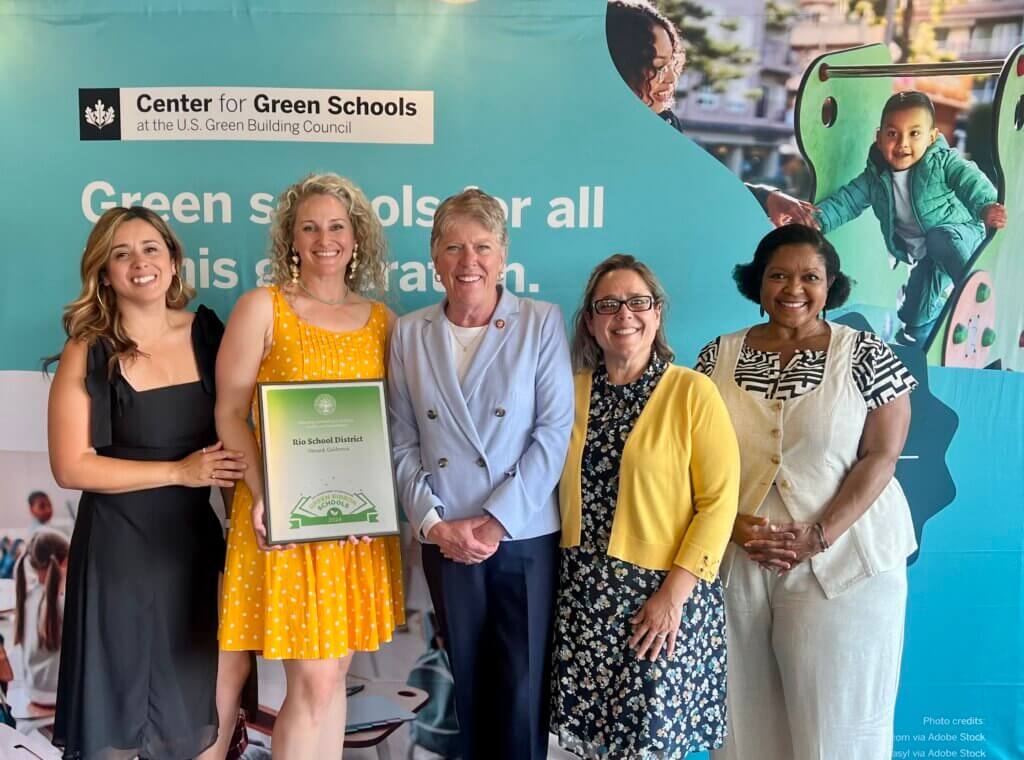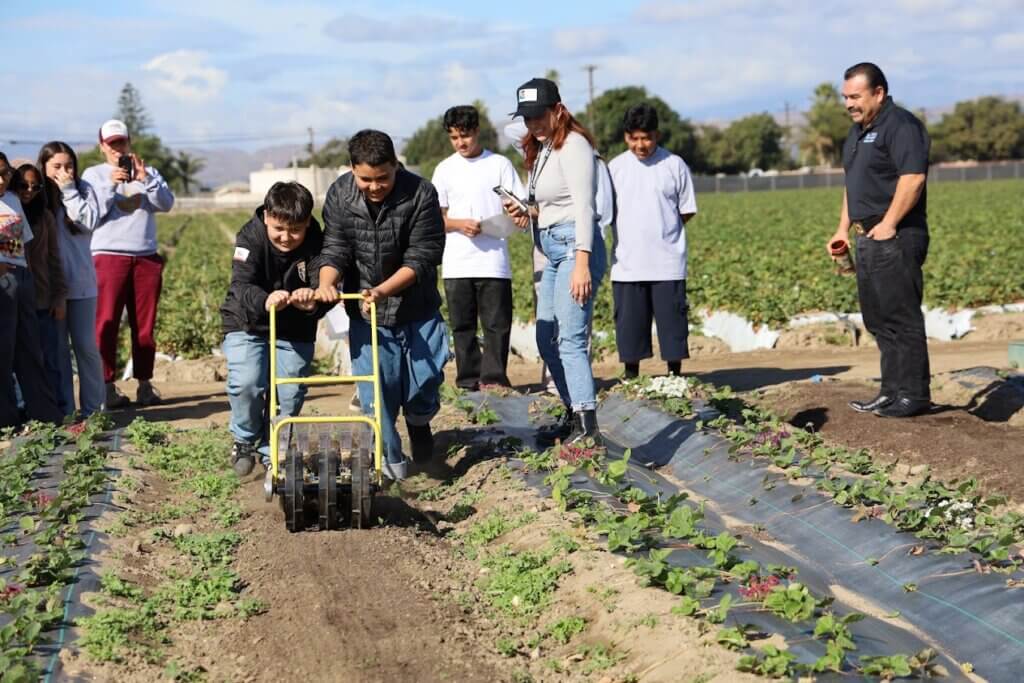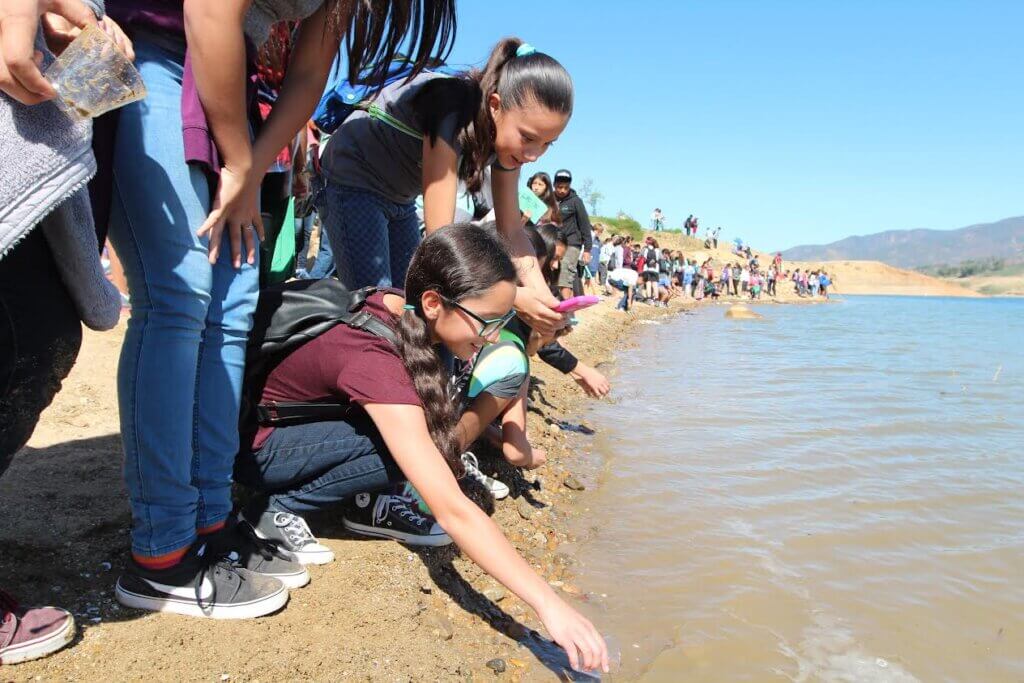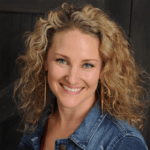The sun has barely made itself known, and I’m already frazzled, anxious, and late! Is it even possible to start off the day in a calm and pleasant state when you have two kids and yourself to get ready and out the door by 7:20 a.m.? As a family, we are perpetually running late in the mornings. If you ask those closest to me, they might attribute this problem to me not getting up early enough—which may be valid. But if you ask me, it’s because I am constantly trying to fit as many tasks and solve as many problems as I possibly can within any sliver of time available. When my alarm goes off at 5:00 a.m., I am still late because I have just given myself more time to solve more problems—more time to get in a work out or walk the dogs or answer a couple more emails or clear some dishes out of the sink. I never seem to have a shortage of problems that need solving. But on this particular morning, I was pleasantly surprised with a phone call from someone else working to solve one of my problems.
“Good morning, Veronica.”
“Good morning, Annie. Hey, good news! I figured out how to fund all your field trips.”
“What?! That’s great news. Amazing.”
“Yeah, so go ahead and start planning them and keep me posted on the logistics and cost.”
“You got it. Thanks so much!”
My frazzled and anxious morning quickly took a turn for the better. I had recently pitched the idea of sending every student on two environmental literacy field trips each school year, and Veronica’s immediate response was “yes.” The problem was funding, something that was beyond my capacity to solve. I needed Veronica, the director of educational services and innovation and the author of the district’s Local Control and Accountability Plan, to find $150,000 for this ambitious project of increasing outdoor experiences for students. She needed me to work with the transportation department, teachers, principals, and community partners to make it happen.
Our short conversation is just one example of how the Rio School District (RSD) has positioned itself to successfully pursue ambitious endeavors to the benefit of its students by consistently leading with “yes.” Operating with a model of shared leadership, teacher leaders have the autonomy to pursue projects due to the trust in our keen sense of the district’s vision and mission. As explained in the Green Schools National Network GreenPrint, districts with shared leadership models promote leaders who create opportunities for teachers, staff, and students to propose and lead initiatives that center health, equity, and sustainability. Team leaders have faith in team members’ judgment and capabilities, allowing them to work together in creative ways in the pursuit of excellence. When smart, ambitious people are gathered together under a model of shared leadership, magical things happen.

This is ultimately what compelled me to apply to work for RSD. I wanted to work for an organization that sought to do ambitious things for kids that no one else was doing. I wanted the freedom to be creative and pursue my own passions within the district’s vision. One of these passions is to codify over a decade of work on sustainability and place-based education as a district brand. The first step in this pursuit was the application for the National Green Ribbon Award. In 2024 we were recognized as a CA Green Achiever and a National Green Ribbon Awardee, joining a group of districts, schools, and educational entities who also lead with “yes.”

Situated within the Santa Clara Watershed in southern California, the Rio School District consists of nine schools: five K–5 schools, two K–8 academies, and two comprehensive middle schools in the North Oxnard community. We serve nearly fifty-three hundred learners and their families, 45 percent of whom are language learners, and over 70 percent of whom are eligible for free or reduced-price lunch. Geographically, the Rio School District is positioned in an ecologically sensitive and important location. The climate and soil supports near year-round growing, with sometimes two or three harvests in a year of valuable crops such as strawberries. The area’s agricultural history and the impact of agriculture on the land and its people motivate educators in Rio to explore interactions with the land and find ways to do so sustainably and respectfully. A newly emerging example of Rio Schools’ commitment to environmental education and belief in integrating disciplines can be seen in the budding development of the ten-acre Regenerative Organic Agricultural Education Center. With the support of the district’s two full-time garden and nutrition educators and the district farmer, students develop skills and knowledge within the context of sustainable food production. The produce harvested from the farm goes directly to school cafeterias, filling students’ compostable lunch trays with fresh fruits and vegetables and making Rio one of a handful of districts in the nation that implements self-contained farm-to-table practices. This, along with the revitalized school gardens and outdoor learning spaces at all school sites, serves as an outdoor classroom to engage learners across grades in sustainable environmental education.
Another core practice of the Rio School District is to recognize its place in the community and seek out partners to create authentic and relevant experiences for students. This practice is recognized by the Green Schools Network GreenPrint as being key to helping students learn to care about, understand, and positively influence natural and human ecosystems. The district has a robust reputation in the community for being an organization that welcomes collaboration and partnership in the pursuit of place-based learning experiences for students. Our partnerships with informal outdoor education groups like Once Upon a Watershed, Ventura Wild, and Resource Conservation District of the Santa Monica Mountains bring students to local spaces where they can hike and see their learning come to life in mountainsides, watersheds, and oak trees in the hills. Students engage with Indigenous education partners like the Ventura County Museums and Wishtoyo Chumash Foundation to advocate for and restore ancestral Chumash lands, waters, and food systems. After school and in the summer, students engage in free sports and arts programming with Hip Hop Mindset, Oxnard Parks and Recreation, and Ballet Folklorico and Mariachi partners. In short the district “leads with yes” when approached with new opportunities to bring rich programming to students, resulting in unique opportunities for students in our community.

That being said, leading with yes does have its downfalls. Being ambitious and continually open to trying new things can also lead to frustrations and failures. We don’t always have everything figured out before we start. We sometimes run into problems midway through that could have been avoided if we had gone a little slower. It also means sometimes we’re not as organized as we could be, or sometimes we abandon projects early because, maybe, we shouldn’t have started them in the first place. These failures can have high costs and, in the worst case scenarios, result in the loss of trust from our teachers, staff, and community partners. In these instances, I keep perspective by remembering the alternative. The alternative is “leading with no”—to continually preserve the status quo. It is never attempting anything untested and never being open to projects that aren’t guaranteed to work. It is not having faith in your team but instead insisting on controlling and micromanaging their every move under the guise that one person knows the best way forward. This is why every day I choose to do hard, ambitious work for kids in a district that leads with yes. I choose to send my children to that district, and I choose to live and thrive in a community that supports that district. Leading with yes can create a lot of problems to solve. Thankfully, I have an amazing and diverse team of chronically productive people who feel the same way.

